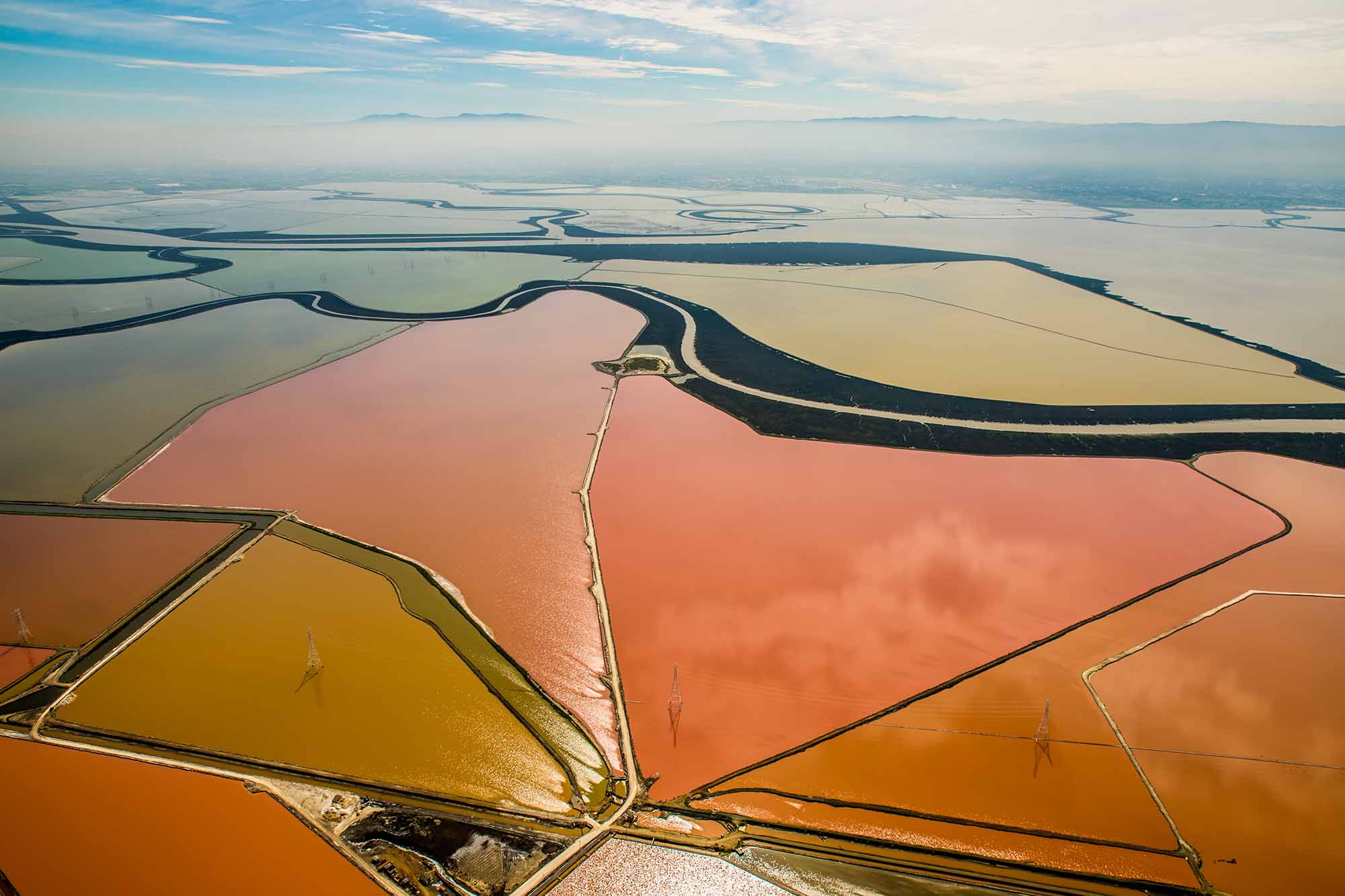
These 10-words, sent as a wire bulletin from United Press International to newsrooms across the country, transformed broadcast news forever.
When reports of President John F. Kennedy's assassination reached media outlets, an understandable degree of chaos ensued inside newsrooms. The television broadcast news industry, in particular, didn't have much of a game plan in place for covering breaking events of such magnitude.
Over four days of frantically unfolding events, amid a storm of misinformation -- from the scene of the crime in Dallas to the funeral procession in Washington -- the major TV outlets raced to get the story right, going live with mostly commercial-free, nonstop coverage.
It dramatically transformed the industry and the way in which people received their news.
No longer would TV newscasts consist primarily of an anchor reading text before a camera. Broadcasts were now increasingly supported by images -- oftentimes live -- to tell the story, ushering in a new era of rawer, less scripted, and at times less accurate reporting. And whereas newspapers and radio had remained the dominant news sources leading up to Kennedy's assassination, TV now took over as front-runner.
Live newscasts from NBC, ABC and CBS (compiled by CHRAMO Productions)
Front pages from major newspapers (click on an image to view larger size and in slideshow format)
